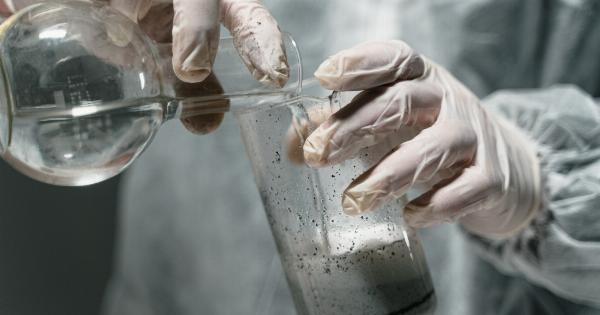Drug use has become increasingly common around the world in recent years. While many people use drugs to deal with mental health issues, pain, or other ailments, it is important to note that drug use can impact our long-term health as well.
Drug Use and Infections
One of the most significant risks associated with drug use is the increased likelihood of developing an infection. This is particularly true for individuals who inject drugs using sharing needles.
Injecting drugs can lead to the spread of infections such as HIV, hepatitis C, and hepatitis B. These infections are spread through blood and bodily fluids, which are often shared when individuals use the same injection equipment.
In addition to these infections, there are other infections that are common among individuals who use drugs. These include skin infections, endocarditis, and sepsis.
Why Drug Use Increases the Risk of Infection
The use of drugs can weaken the body’s immune system, making it more susceptible to infections.
Drugs can also lead to poor hygiene practices, such as not washing hands or sharing injection equipment, which can increase the risk of infection further.
For individuals who use drugs intravenously, there is a higher risk of infections like cellulitis, which is an infection of the skin and subcutaneous tissue, infective endocarditis, and sepsis.
These infections can be life-threatening and require immediate medical attention.
In addition, using drugs can make individuals more likely to engage in risky behaviors such as unprotected sex, which can also increase the likelihood of contracting infections.
Preventing Infections Among Individuals Who Use Drugs
There are several strategies that can be employed to reduce the risk of infection among individuals who use drugs. These include:.
- Using clean injection equipment
- Washing hands regularly
- Seeking medical attention immediately if an infection is suspected
- Using condoms during sexual activity
- Practicing good hygiene practices such as washing clothing and bedding regularly
In addition to these strategies, there are several harm reduction programs that have been developed to help individuals who use drugs reduce their risk of infections.
These programs provide education about the risks associated with drug use and offer practical advice on how to minimize those risks.
The Importance of Treating Infections Early
If an infection does occur, it is important to seek medical attention immediately. Early treatment can often prevent the infection from becoming more serious, which can be life-threatening.
The treatment of infections among individuals who use drugs can be more challenging than it is for the general population.
This is because individuals who use drugs may be more likely to have other health problems, such as liver disease or HIV, that can complicate the treatment of infections.
Despite these challenges, it is essential to seek treatment for infections as soon as they are suspected. Delaying treatment can lead to serious complications, and in some cases, can be fatal.
Conclusion
Drug use is a significant risk factor for developing infections. Individuals who use drugs, particularly those who inject, are at a higher risk of developing infections like HIV, hepatitis C, and hepatitis B.
These infections can be life-threatening and require immediate medical attention.
Fortunately, there are several strategies that can be employed to reduce the risk of infections among individuals who use drugs.
These include practicing good hygiene practices, using clean injection equipment, and seeking medical attention immediately if an infection is suspected.
It is important to remember that if an infection does occur, seeking treatment early is essential. Delaying treatment can lead to serious complications, and in some cases, can be fatal.




























